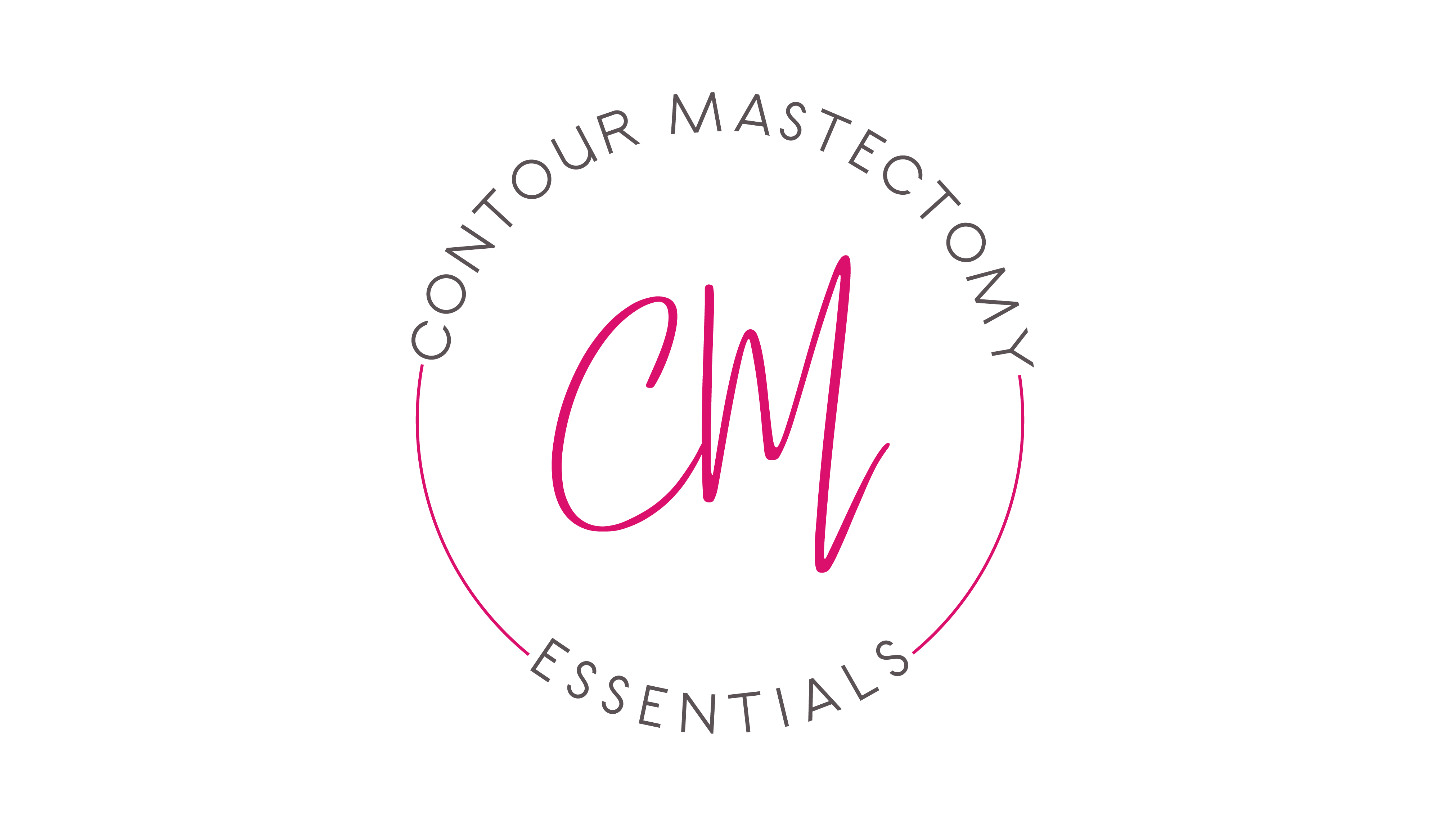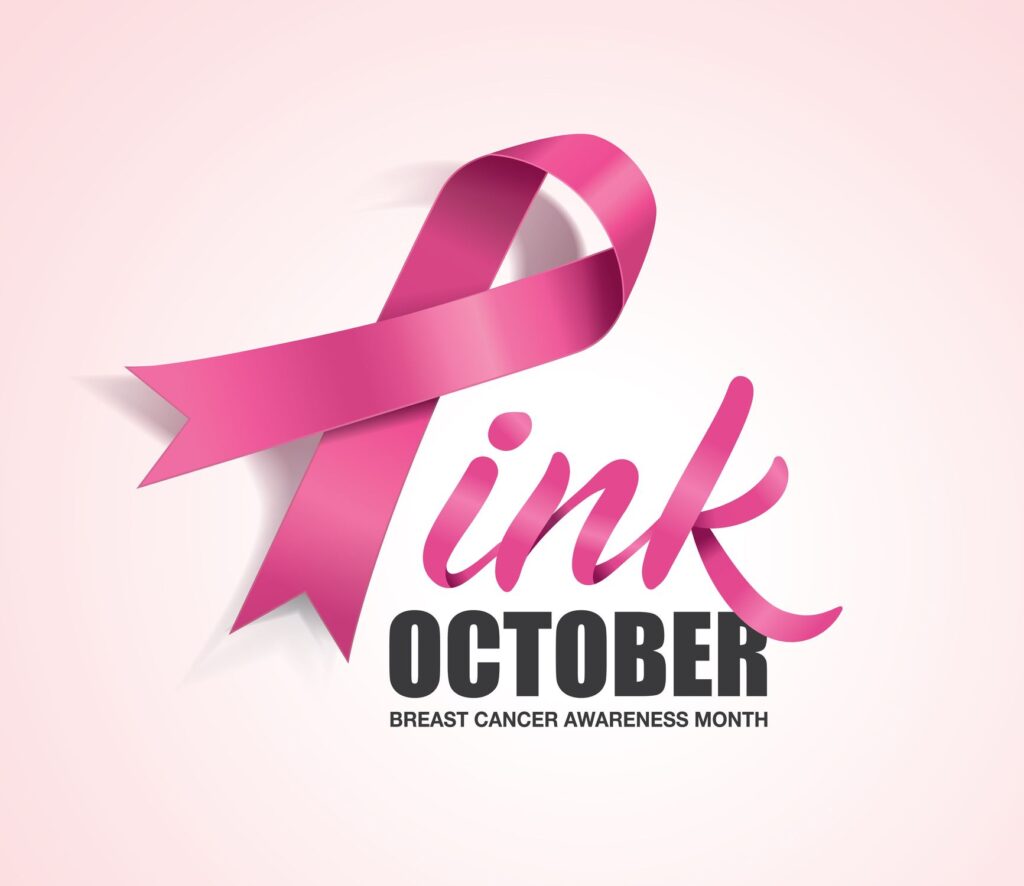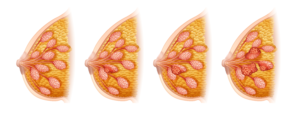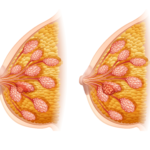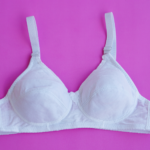National Breast Cancer Awareness Month dates back to October 1985, when the first organized movement to bring attention to the dangers of breast cancer occurred in the United States. Since then, campaigns to educate the public about this disease have continued to thrive and multiply.
Pink Ribbon History
The Pink ribbon is the official symbol of breast cancer. It is highly recognizable and is most often associated with the Susan G. Komen group, but that isn’t exactly where it started. No company, organization, or foundation owns the rights to this worldwide symbol. However, individual pink ribbon designers can hold all rights reserved on their designs. As an example, Avon has its own, as does Estee Lauder. But around the world, the pink ribbon itself is considered public domain.
The breast cancer movement is much bigger than October. And it isn’t only about finding a cure, getting a mammogram, or raising money. It’s about prevention and education and guaranteed treatment for everyone — women and men, rich or poor.
It Began With a Peach-Colored Ribbon
Charlotte Haley, a 68-year-old housewife in Simi Valley, Calif., created a peach-colored ribbon that she hoped could raise awareness about breast cancer, the disease that her grandmother, sister, and daughter had. At the local supermarket, she handed them out in packets of five attached to a postcard that read: “The National Cancer Institute’s annual budget is $1.8 billion; only 5 percent goes for cancer prevention. Help us wake up legislators and America by wearing this ribbon.” By May 1992, The New York Times had already dubbed that year “The Year of the Ribbon.”
As the word spread, Estée Lauder and Self magazine executives asked Haley for permission to use her ribbon. Haley refused, saying the companies were too commercial. But “Self” really wanted to have her ribbon. The magazine consulted its lawyers and was advised to create another color. The color pink was chosen, which focus groups say is soothing, comforting, and healing. Soon, Charlotte Haley’s grassroots peach ribbon was history, and her original idea became the pink ribbon, known worldwide as a symbol of breast cancer.
The Susan G. Komen Foundation distributed pink ribbons at its first Race for the Cure in Oct. 1991; the pink ribbon became even more popular after Self magazine featured it on the cover of that month’s issue and partnered with businesswoman and philanthropist Evelyn Lauder to hand out 1.5 million pink ribbons at Estée Lauder makeup counters. Eventually, the association with the cause spread beyond the ribbon to the color pink itself.
During October (Breast Cancer Awareness Month), we honor the Pink Ribbon and what it symbolizes. This month, we reflect on the many innovators contributing to breast cancer (research, medicine, public figures, personal wear, etc.). As mentioned earlier, these leaders go down in the history of breast cancer resources.
Albert Salomon, M.D.
(1883-1976)
German surgeon was the first physician to study x-rays of breast tissue.
Mammogram Development
Salomon worked at the Royal Surgical University Clinic in Berlin and, from about 1913, x-rayed 3000 breast specimens obtained from the morgue to identify breast pathology. He demonstrated tumor spread to Axillary lymph nodes using X-rays and was the first to associate microcalcifications with breast cancer. He explained the diagnostic principles so comprehensively that subsequent researchers only needed to supplement his work with a small amount of theoretical knowledge.
William Stewart Halsted, M.D.
September 23, 1852 – September 7, 1922
Halsted’s Mastectomy
In 1882, William Halsted documented his first interventions, establishing guidelines in radical cancer surgery and using new anesthesia, aseptic and antiseptic techniques for the first time. Survival and local recurrence reduction were exceptional. The Halsted operation, described in the 19th century, was performed on more than 90% of the patients with breast cancer in the U.S. until the 1970s to the 20th century. Halsted’s radical mastectomy involved large incisions and extensive tissue ablation. A radical mastectomy is also called a Halstead mastectomy. Doctors have considered it a first-line treatment for removing cancerous tissue for decades.
A radical mastectomy removes a person’s entire breast, including the areola and nipple, lymph nodes underneath the arm, and in the armpit, the tissue that covers most of the rib cage and chest wall muscles underneath the breast.
Despite Halsted’s lifelong battles with addiction, not only cocaine but later morphine, he revolutionized surgery in America by elevating three concepts: anesthesia to control pain, fine instruments to stop bleeding, and antisepsis to prevent infection. Halsted’s innovations in the practice of surgery were remarkable. His approach to breast cancer—the “radical mastectomy,” removing the breast and the muscles beneath—was the dominant treatment for decades before modern radiation and chemotherapy.
Jane C. Wright, M.D.
Born: November 20, 1919, Manhattan, NY, NY
Died: February 19, 2013, Guttenberg, NJ
The “godmother of chemotherapy” had an incredible legacy of “firsts.”
Dr. Wright was the first of two daughters in a barrier-breaking family to pursue medicine during an era where women and African Americans faced pervasive discrimination.
Hailed for her pioneering work in chemotherapy—shifting it from an experimental, last-resort treatment to a more practical option—Dr. Wright spearheaded research on methotrexate to treat breast and skin cancers, paving the way for millions of cancer survivors. Today, methotrexate remains one of the main chemotherapy drugs for treating breast cancer, lung cancer, leukemia, and many other types of cancer.
Conducting clinical trials that demonstrated the power of chemotherapy in targeting cancer, Dr. Wright redefined chemotherapy from a single drug to combination therapy with multiple medications given in a precise order. Further, Dr. Wright and her father shifted cancer research and treatment development by proving tumor cells could be studied in a laboratory outside the human body.
A significant breakthrough in cancer treatment was the development of chemotherapy in the 1940s. The first chemical noted for its anti-cancer effects was nitrogen mustard. Dr. Jane Cooke Wright played a fundamental role in this story. During her career, she would break multiple race and gender barriers and become one of the most distinguished physician-scientists in modern medicine. Her work revolutionized cancer research and how physicians treat cancer.
She was the first Black woman to be named associate dean of a nationally recognized medical institution—New York Medical College—in 1967. Dr. Wright was the highest-ranking Black woman at a U.S. medical school at the time.
In 1987, after a 44-year career, Dr. Jane Cooke Wright retired as an emerita professor at New York Medical College. She died on February 19, 2013, in Guttenberg, New Jersey, at 94. Her contributions to cancer chemotherapy research have helped change the face of medicine and continue to be used today.
Thomas Cronin and Frank Gerow
In the 1960s, two plastic surgeons from the United States, Thomas Dillon Cronin, and Frank Judson Gerow, collaborated with the Dow Corning Corporation, which specialized in silicone products, to create the first silicone breast implant. Surgeons used the Cronin-Gerow implant to improve the look of a woman’s breasts by correcting for asymmetry, augmenting the size, or creating a more uplifted profile. Surgeons began widely using breast implants almost immediately after they reached the U.S. market in 1964, and breast augmentation quickly became one of the most popular cosmetic surgeries in the country. The creation of a silicone breast implant not only established a new branch of cosmetic surgery but also enabled women with breast cancer to receive reconstructions to improve their aesthetic appearance after cancer treatment and removal of the cancerous breast tissues.
In November 2007, following an exhaustive review of the safety of silicone-gel breast implants, the FDA lifted its then 14-year-long ban on their use in the United States. The FDA also licensed two companies to manufacture the devices. The implants were made available to all women for breast reconstruction following mastectomy or trauma and to women aged 22 and older for breast augmentation.
Several types of breast implants can be used to rebuild the breast. Most implants in the U.S. are made of a flexible silicone outer shell, and they can contain saline or silicone gel. Other types of implants that have different shells and are filled with different materials are being studied. Still, these are only available if you participate in a clinical trial. It’s important to discuss the benefits and risks of the different types of implants with your doctor.
Betty Ford
Elizabeth Anne Bloomer
Born: April 8, 1918, Chicago, IL
Died: July 8, 2011 (aged 93) Rancho Mirage, CA
In 1974, Breast Cancer Awareness Month didn’t yet exist. No guidelines existed for regular screenings, fundraising walks, or patient-support groups. At that time, the words breast and cancer were spoken in hushed tones—like something shameful.
Mrs. Ford’s sincerity and dedication to advancing women’s issues was never more evident than when the White House doctor discovered a lump on her breast during a routine physical examination. She went to the hospital and underwent surgery to remove the lump in her breast. It was cancerous, and doctors immediately performed a mastectomy and insisted on releasing this news immediately to reporters and the public. But Betty Ford was adamant she should be completely open with the American people. How many other women in America must be going through this, too? Such candor by a first lady—or any public figure—was virtually unheard of in those days.
Mrs. Ford went on to survive her breast cancer and become a courageous spokesperson, urging women not to be ashamed of the disease and to get mammograms and do breast self-examinations. So many women followed her advice and received an early diagnosis of breast cancer in the mid-1970s that the rate of the disease appeared to increase.
Despite these positive effects of her openness, Mrs. Ford decided she did not want to make breast cancer awareness the issue she promoted as first lady. The problems she did wish to advance were women’s rights, cultural matters, and help for developmentally challenged children. She lived 30 years after her diagnosis of breast cancer.
Ruth Handler
Ruth Marianna Mosko
Born: November 4, 1916 · Denver, CO
Died: April 27, 2002 (aged 85) · Los Angeles, CA
Handler was one of 10 children born to a Polish immigrant family in Denver, Colorado. She was the creator of Barbie and the first president of Mattel Toys, which she co-founded with her husband, Elliot Handler. The couple started the company in 1949—and released the first Barbie doll in 1959. The Ken doll was named after Handler’s son and was introduced two years after Barbie debuted.
In 1970, Handler lost a breast to cancer. Undergoing a mastectomy in Handler surveyed the market for a suitable prosthetic breast. During her unhappy search for an adequate breast prosthesis, she was disappointed by the options available, so she designed a replacement breast that was more similar to a natural one. In 1975, Handler received a patent for Nearly Me, a prosthesis made of material close in weight and density to that of natural breasts, and realized that she should be making them for other women.
She founded Ruthon Corporation in 1976 to help other survivors of the disease. The Nearly Me Prosthetic was more lifelike and comfortable for women. She explained to a reporter in the early 1980s, “When I conceived Barbie, I believed it was important to a little girl’s self-esteem to play with a doll with breasts. Now I find it even more important to return that self-esteem to women who have lost theirs.”
Former First Lady Betty Ford, who also underwent a mastectomy, was even fit for a Nearly Me breast form. Her line was affordable (between $98 and $130) and included over 70 sizes, with right and left breast options. Even after selling the company in 1991, Handler continued to educate women about the importance of screenings for early detection of breast cancer.
RESOURCES
Breast Cancer Action
John Hopkins Magazine
National Breast Cancer Foundation, Inc.
National Library of Medicine
ThoughtCo
Woman’s Health
